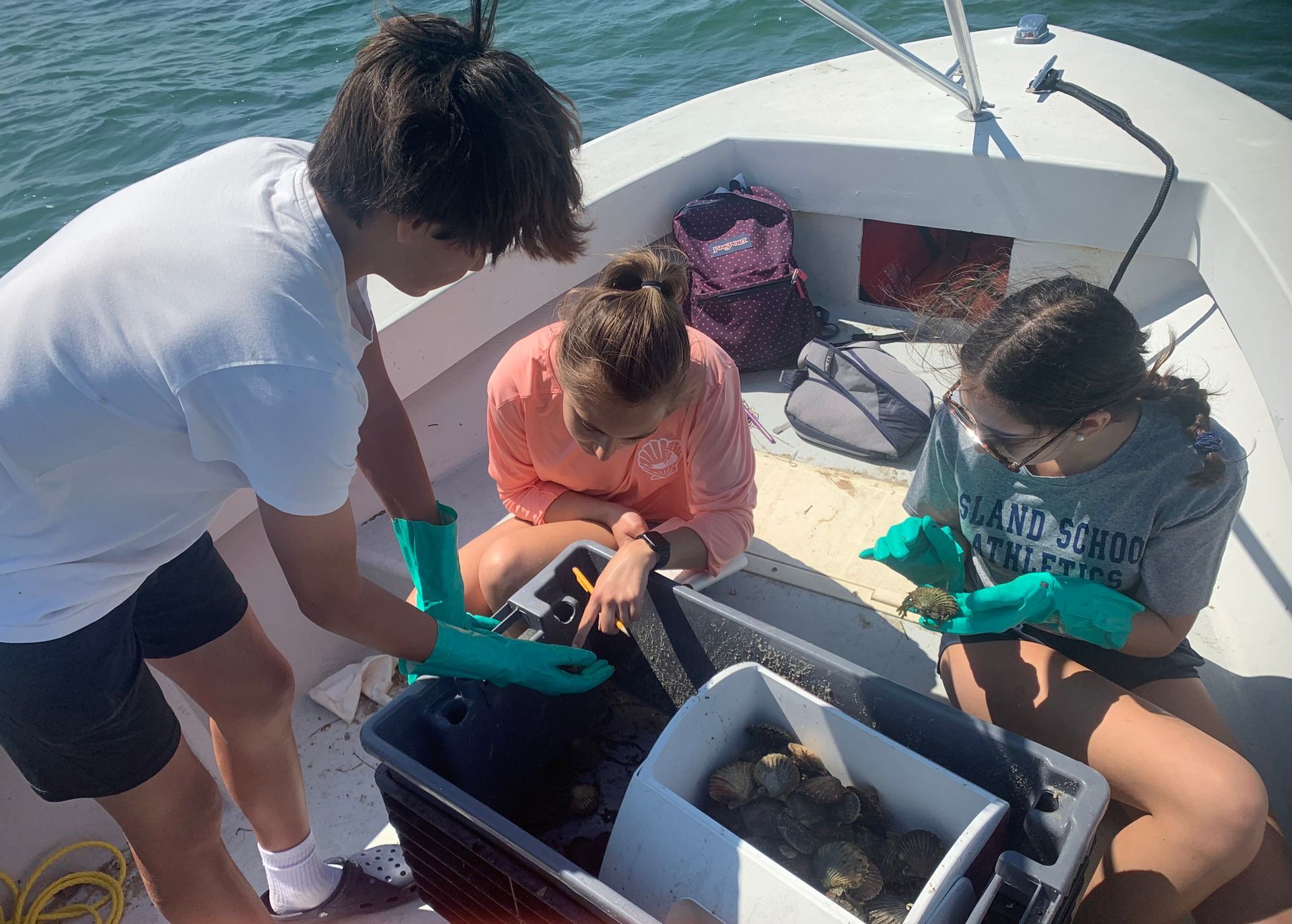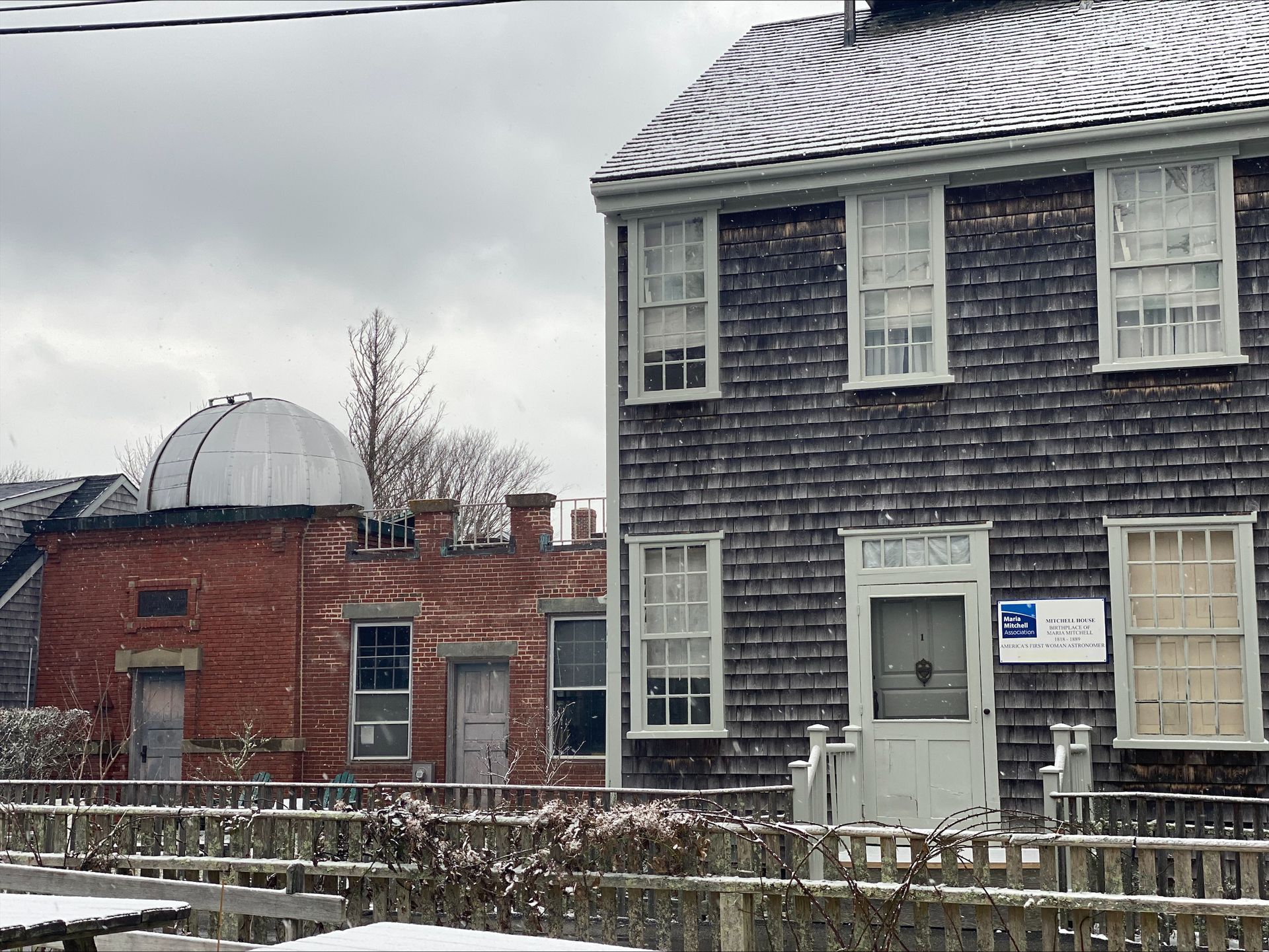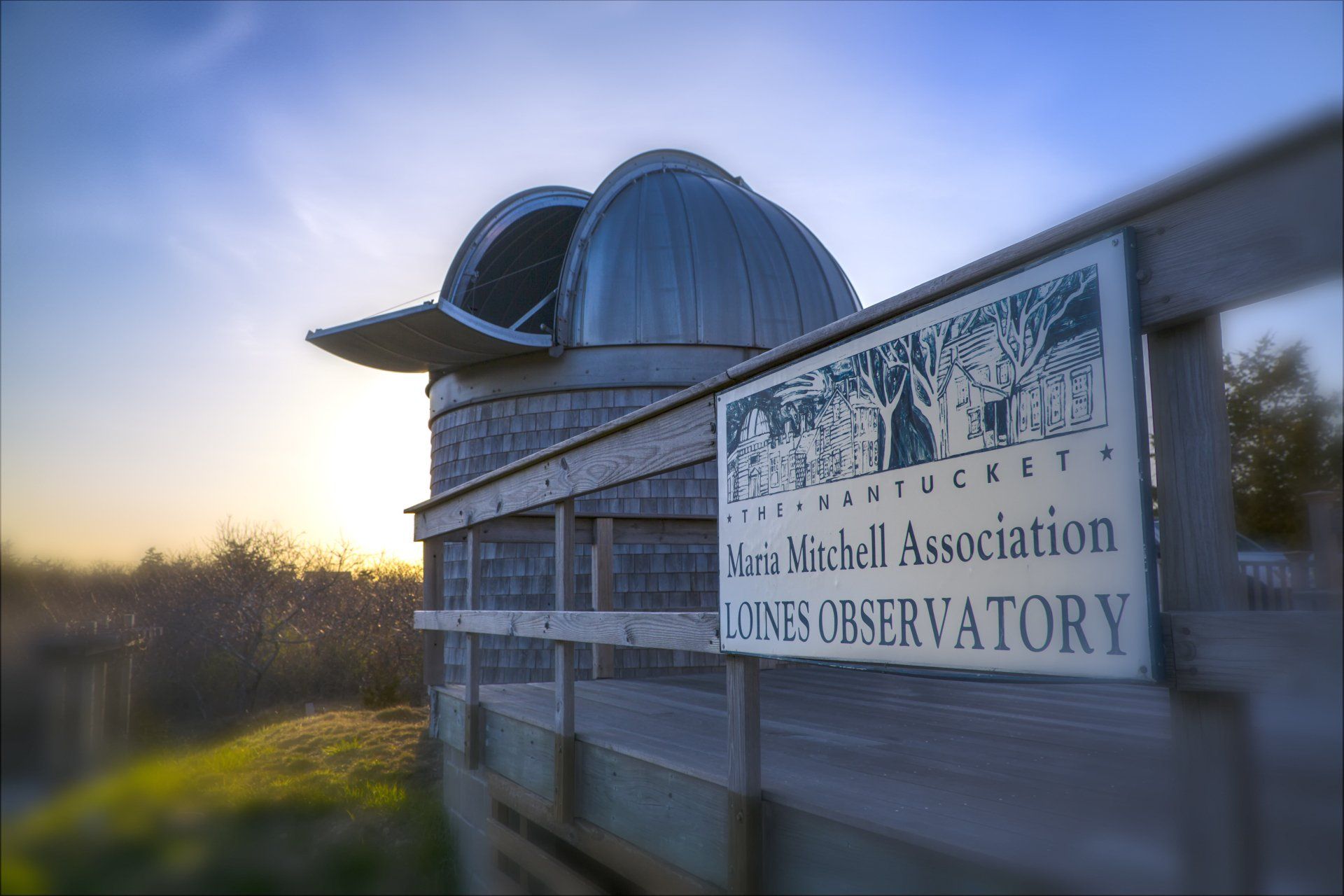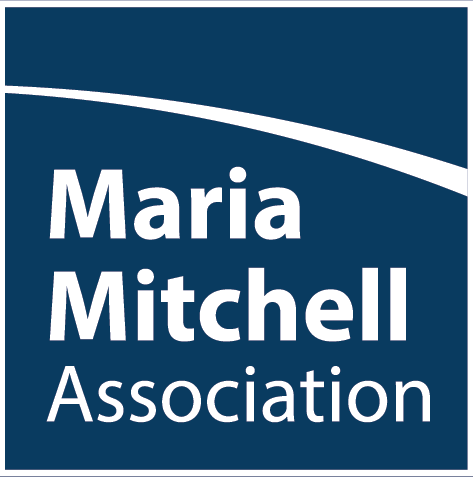Nantucket Maria Mitchell Association Astronomers Travel to the Largest Ground-based Optical Telescope in the World for Research
Nantucket, MA – In mid-April, Nantucket Maria Mitchell Association (MMA) astronomers traveled to the site of the largest ground-based optical telescope telescopes in the world, the Keck Observatory located on the Big Island of Hawai’i. MMA’s National Science Foundation (NSF) astronomy post-baccalaureate research fellows, Fiona Powers Özyurt and Michele Woodland, traveled to use the famous Keck telescopes for an ‘observing run’ - astronomer lingo for the process of obtaining scientific data with a telescope - for their research projects studying the universe.
The Keck Observatory is located at nearly 14,000 feet elevation near the summit of Mauna Kea but is accessed remotely by astronomers around the world who operate the telescopes’ scientific instruments and collect astronomical data. The 10-meter telescopes are essential tools for many research projects, so groups must participate in a competitive process of proposal submission to secure observing time. Powers Özyurt and Woodland joined in on this most recent observing run as part of the Fast and Fortunate for FRB Follow-up (F4) Collaboration, founded by Maria Mitchell Association’s Director of Astronomy, Dr. Regina Jorgenson and her collaborators and funded by a competitive grant from the National Science Foundation. The F4 Collaboration is using the Keck telescopes in an effort to probe the cosmic web, to understand what makes up the space between galaxies, and to identify the progenitors of the still mysterious fast radio bursts - extremely energetic and brief flashes of radio radiation.
“The observing run went great,” shared Woodland. “Although we ran into several hiccups, like discovering the bottom shutter of the dome was broken so we could only view targets above a certain elevation, we were able to adapt quickly and change our schedule accordingly. During our observing run at Keck we obtained spectra of multiple different Fast Radio Burst host galaxies located a few billion light years away,” she continued. “A lot of the work that I do involves reducing data from big telescopes like Keck. This opportunity gave me the chance to understand and appreciate the intricacies of acquiring the data that I then reduce. There are so many tiny little steps that go into it, and it is so easy to mess up. I have a lot of respect for people who do this often.”
In the month before heading to Hawai’i, both Woodland and Powers Özyurt contributed to the planning of the observing run, learning about the instrument, assessing the suitability of various targets, and creating detailed plans for each night. During the two night observing run, they were responsible for operating the instrument, taking the data, and ensuring that all of the required calibrations were taken. They were also responsible for communicating with the Keck Observatory support staff who operate the telescope and maintaining communications with the rest of the observing team, some tuning in remotely via Zoom. Fortunately, all of their hard work and preparation paid off, the weather cooperated on both nights of the observing run, and the team collected data on all of their desired targets.
Powers Özyurt said “It was surreal to be driving the instrument in person….We were able to collect a variety of imaging and spectral data in support of the F4 Collaboration.” She continued, “For observational astronomers, getting observing time on large ground-based telescopes is a very competitive process, so we try to make the most of our allotted time by creating observing plans where every minute counts.”
Both Powers Özyurt and Woodland shared that the experience of traveling to the telescope and experiencing the observing process up close and in person was invaluable.
“This experience was definitely a dream come true for me,” said Powers Özyurt. “One of my favorite parts of astronomy is observing, and being able to observe with the largest optical and infrared telescope telescopes in the world was definitely high up there on my bucket list! It can be fun to reduce, analyze and make conclusions from your data after it has been collected, but seeing your data be collected in real time and having complete command over every aspect of the instrument is unmatched.”
Woodland summarized the observing run as follows: “Being in person at Keck headquarters was an amazing experience. I got to meet so many people and build so many important connections. This experience has made me very excited for what is to come in my career in astronomy.”
The Nantucket Maria Mitchell Association (MMA) is a private non-profit organization. Founded in 1902, the MMA works to preserve the legacy of Nantucket native astronomer, naturalist, librarian, and educator, Maria Mitchell. The Maria Mitchell Association operates two observatories, a natural science museum, an aquarium, a research center, and preserves the historic birthplace of Maria Mitchell. A wide variety of science and history-related programming is offered throughout the year for people of all ages.
###
Recent Posts




